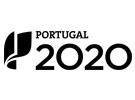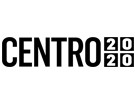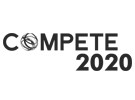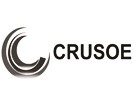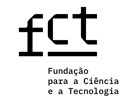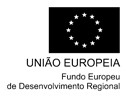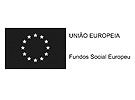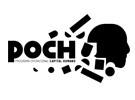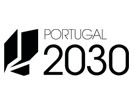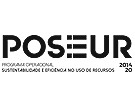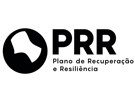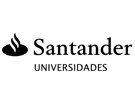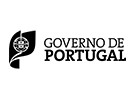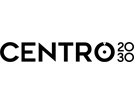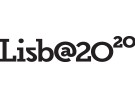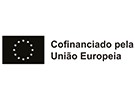



Publication in the Diário da República: Despacho nº 6320/2018 - 28/06/2018
5 ECTS; 3º Ano, 1º Semestre, 45,0 PL + 15,0 TP + 3,0 OT , Cód. 817740.
Lecturer
- João Ricardo Mendes de Freitas Pereira (1)(2)
(1) Docente Responsável
(2) Docente que lecciona
Prerequisites
N/A
Objectives
By the end of the course unit, students should be able to analyze a digital image, apply techniques for exposure and color correction, and execute a 2D motion composition using typography and graphics.
Program
1-Digital Image
a. Digital File
b. Spatial Resolution
c. Temporal Resolution
d. Color Depth
2-Color Correction
a. Color Definition
b. Contrast
c. Black and White Levels
d. Color Temperature
e. Saturation
f. Color Mattes and Masks
3-2D Image Composition
a. Motion Concepts
b. Layers
c. Keyframes
d. Effects
e. Keying and Matte
f. Masks
4-Rendering, Exporting, and Distribution of Content
a. Formats
b. Codecs
c. Outputs
Evaluation Methodology
Continuous/Periodic Assessment:
Project I (50%); Project II (50%)
Exam Assessment:
Final Project (100%)
Assessment is carried out in accordance with Article 11 of the IPT Schools Academic Regulations.
Students who achieve a grade equal to or greater than 10 in the regular assessment are exempt from the Exam.
Bibliography
- DARIA, F. (2022). The Colorist Guide to DaVinci Resolve 18. (pp. 1-378). EUA: Blackmagic Design
- FTIDSMA, L. e , . (2022). Adobe After Effects Classroom in a Book (2022 release). (pp. 1-432). UK: Addison Wesley;
- VAN HURKMAN, A. (2014). Color Correction Handbook: Professional Techniques for Video and Cinema. (pp. 1-646). California: PeachPit Press
Teaching Method
Expository theory-practice classes describing fundamental concepts. Practical classes solving case studies and applying concepts to real usage scenarios.
Software used in class
Adobe After Effects
Davinci Resolve
